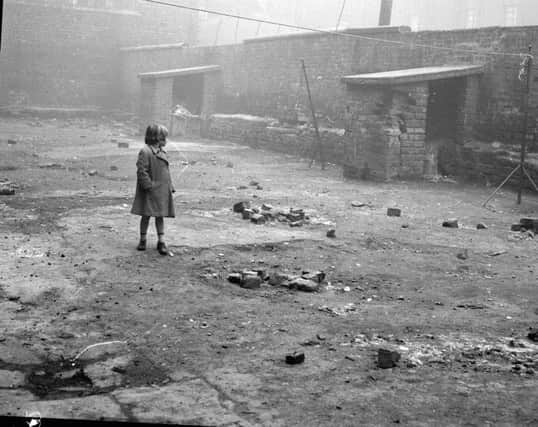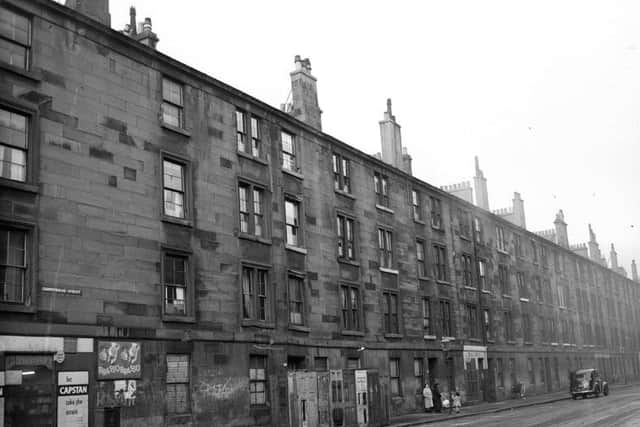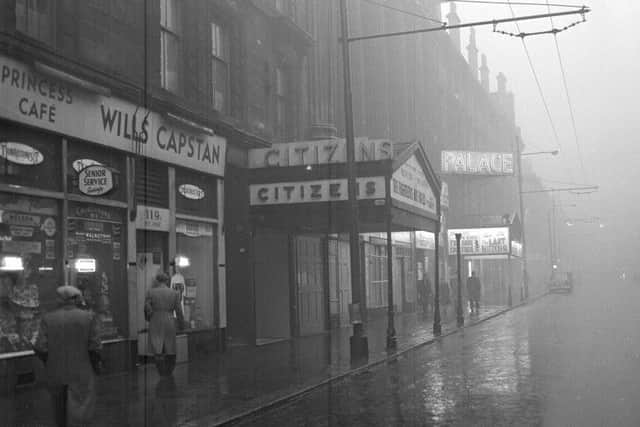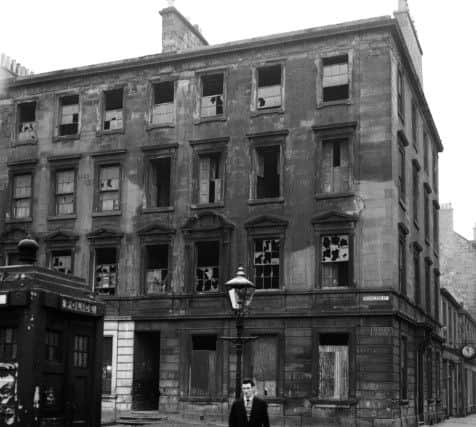In pictures: The Gorbals then and now


But the Gorbals was also famed for its community spirit which could not be crushed - despite the often adverse circumstances its residents faced.
Today, almost all its 19th century tenements have gone and so have many of the 1960s tower blocks built to replace them. A new wave of housebuilding is underway, with the population of the area beginning to climb.
Advertisement
Hide AdLocated a short walk from Glasgow city centre on the south bank of the Clyde, the Gorbals is undergoing another period of reinvention.


From its origins as a small village centred on one street, the area grew rapidly from the early 19th century as thousands of migrants arrived from the Highlands of Scotland, Ireland and continental Europe to work in the city’s labour-intensive industries.
While much of the resulting housing was of poor quality, parts of the old Gorbals were considered fashionable.
Gorbals Cross was a prime example. Redesigned by city architect John Carrick in 1872, its new tenements were set at angles in the Parisian style to form a diamond centred around a water fountain.
But nothing could disguise the fact that the Gorbals was bursting at the seams. By the turn of the 20th century its tenements were overcrowded and suffering from years of neglect by landlords who saw no incentive to invest in their properties.


In 1931, 85,000 people were living in the Gorbals - an area that covered only two per cent of the city.
Advertisement
Hide AdThe post-war period would be the end of the old district. The Housing (Repairs and Rents) (Scotland) Act of 1954 required councils to undertake slum clearance and plans were drawn up to sweep away the crumbling housing.
Large-scale demolition was the order of the day. Thousands of residents were rehomed in new estates like Drumchapel and Easterhouse or the new towns of East Kilbride and Cumbernauld.
Advertisement
Hide AdNew council housing - mostly in the form of high-rise blocks - was constructed locally, including the eye-catching towers designed by Sir Basil Spence at Hutchesontown.


The Queen and the Duke of Edinburgh visited the Gorbals in 1961 to see the process of slum clearance for themselves and the new housing that was being built.
Many residents were at first delighted with their new homes, but the new Gorbals soon proved almost as problematic as the old.
Spence’s towers were demolished in 1993 after years of complaints that the flats were riddled with damp.
The New Gorbals Housing Association is now building improved social housing in the area.
The first phase of the £90 million Laurieston Regeneration Area was completed last summer with 201 properties built in and around Gorbals Street, the traditional heart of the district.